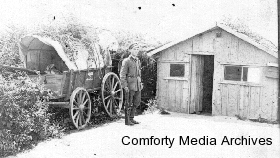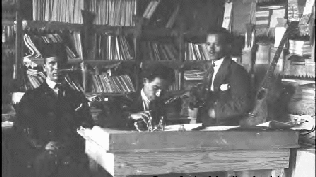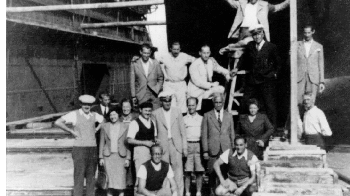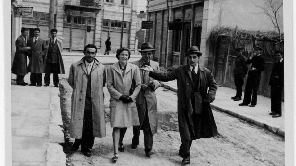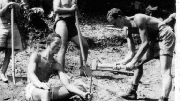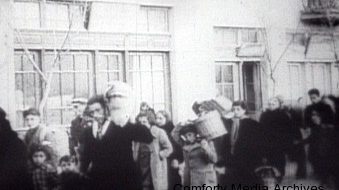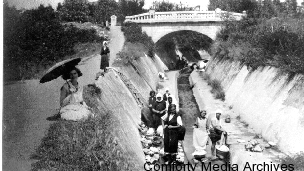Jacky Comforty is an award winning filmmaker and the son of Bulgarian Jews; his paternal grandparents and extended family were among those rounded up for the train ride to Treblinka. He has long been determined to tell the story of the Bulgarian Jews, and their rich Sephardic heritage, and to do so before those who lived it have passed away.
To rise to the task he transformed from a fiction director and script writer into a self-taught documentarian who developed skilled, methodologies, and film language to accommodate this type of complex subject matter, diverse media types, and the vast materials collect over the years.
Sweeping changes in Eastern Europe made possible exhaustive, ground-breaking research in Bulgaria. In 1990 he spent 4 month filming in Bulgaria, Israel, and Spain. which started this on-going process of documentation and preservation of our heritage. The Optimists is based on materials collected over the years.
The collection includes 250 hours of interviews and on-location documenting of communities, social events, landscapes, and other scenes; thousands of photographs of pre-war and war-time Jewish Sephardic life in Bulgaria; life in Israel after the immigration; and hours of rare archival film footage, sound recordings, endless documents, and artifacts.
Before the Comfortys began their original research, few others had interviewed Bulgarian Jews or otherwise documented their experience and heritage. Few photographs of Bulgarian Jewry were formally collected. The Comforty Collection, as it is known at the United State Holocaust Museum, contains about 10,000 photographs of Bulgarian Jewish throughout the 20th century. The Comfortys discovered about 2,000 photos upon the death of Jacky’s grandmother, Rachel Comforty, who had hidden them in shoe boxes in her Jaffa apartment over the course of forty years.
Rachel had carried most of these photographs with her when she emigrated from Bulgaria to Israel in 1949. She had carefully kept the images of once a prosperous life in Bulgaria leveled by World War II. She carried them with her to Israel, and kept them as silent witness to times she could never forget or let go off.
The photos required intensive preservation efforts. Much of the work over the past several years has consisted of cleaning, properly storing, identifying, organizing, and digitally archiving the photos, preparing. This is a work never done. Video formats change every few years and updating technologies, backing up and preserving are an on going financial and physical challenge.
The even greater miracle, of course, is that Bulgarian Jewry escaped the fate suffered by all other Jewish communities in Nazi-allied and occupied Europe. But fifty-eight years have passed since this chapter in Holocaust history and the reasons the Jews were saved, and the very fact itself, remain obscure

